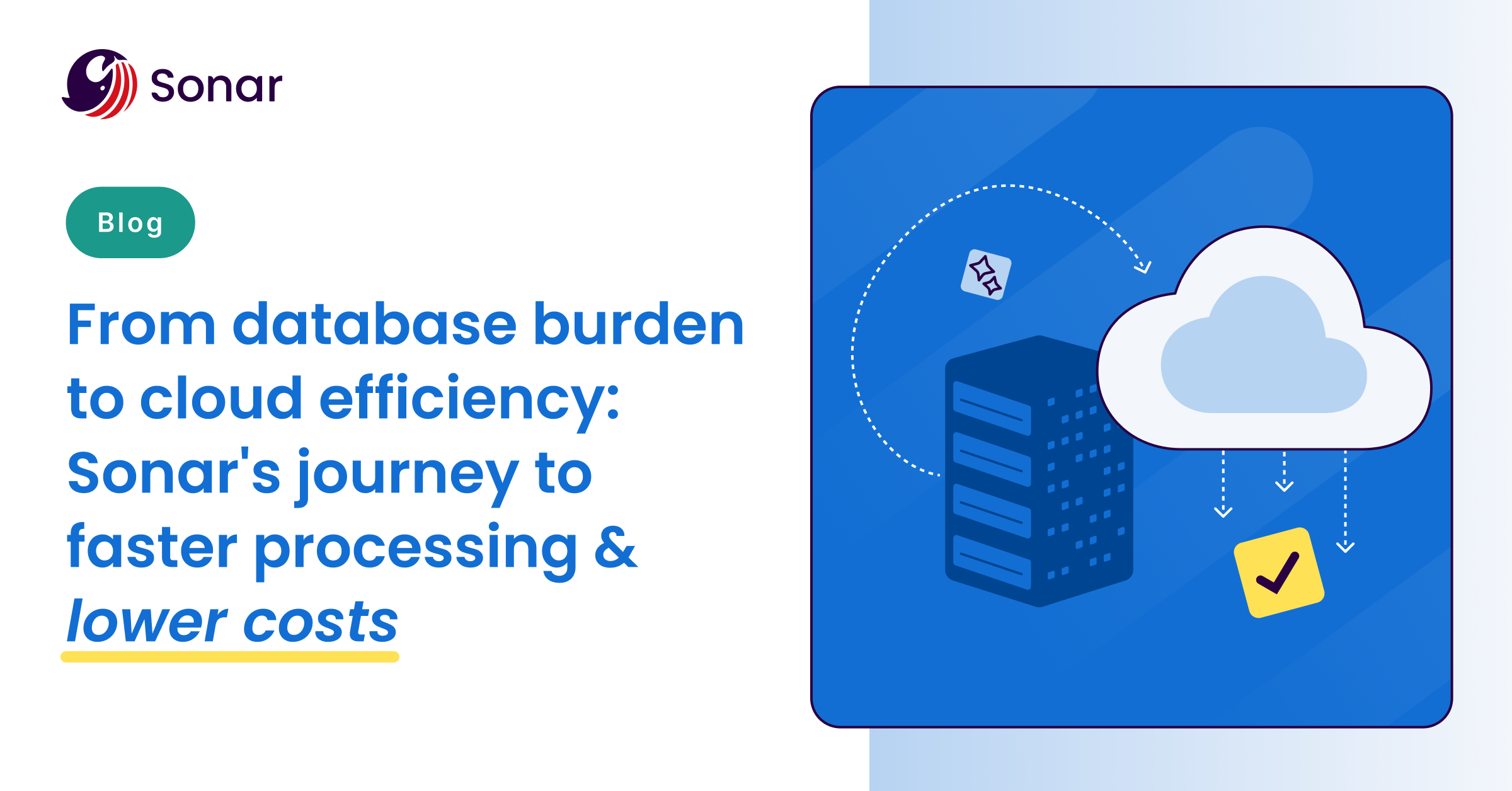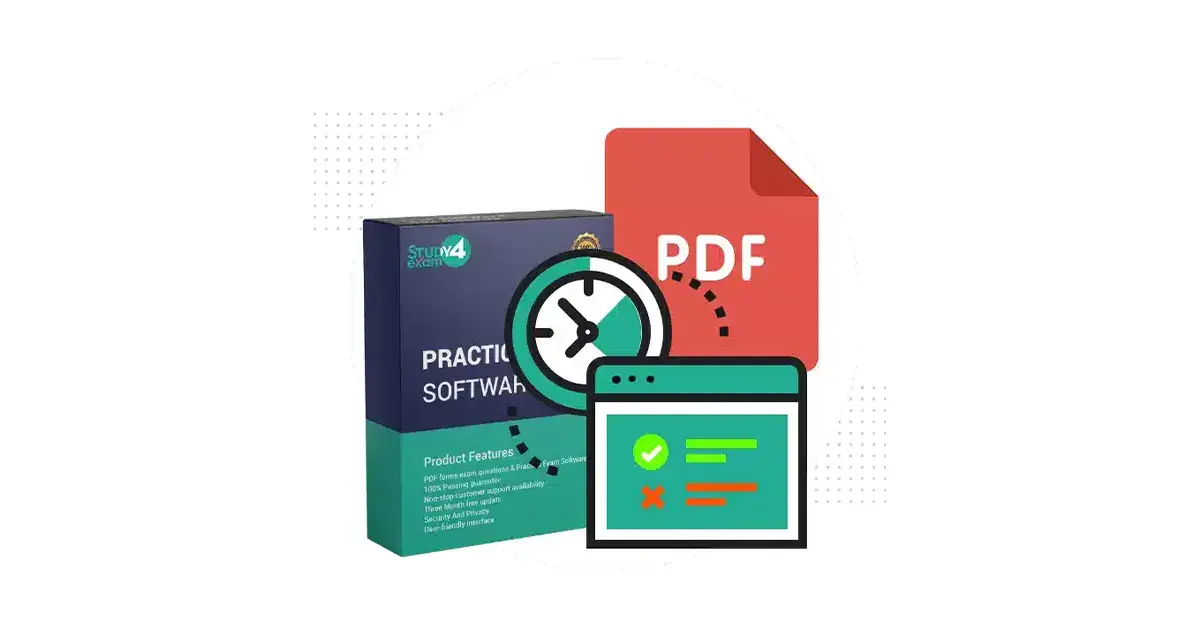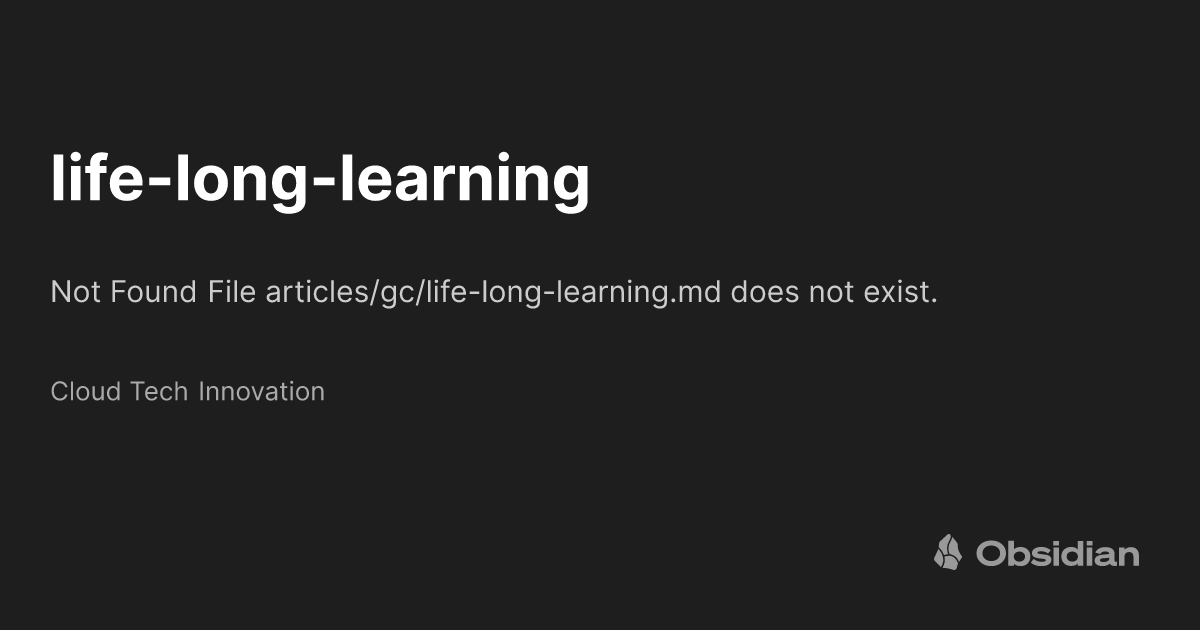#cloudarchitecture
Nouvel article de blog, en anglais dans le texte :
"From database burden to cloud efficiency: Sonar's journey to faster processing & lower costs"
https://www.sonarsource.com/blog/sonars-journey-to-faster-processing-lower-costs/

Cancer Research UK cut payment system costs by 94% by going serverless on AWS.
Learn how in this week’s #AWSDevelopers Podcast.
(links in the thread)
new curiosity:
#vultr 's DDOS protection:
how much latency does it add?
is it different when open vs closed?
e.g., +10ms not under attack, +50ms under attack, or something
(same question with other DDOS scrubbers / LB offerings)
Does anyone know of a way to pull OCI artifacts (not images) from a registry and inspect them? Something like a signature, SBOMor so. It seems like an obvious thing but I haven't been able to find a decent answer to this.
New blog drop: Mastering AWS Cloud Architecture
Whether you're building scalable apps, prepping for AWS certs, or just diving into cloud design, this guide covers: Core AWS services
Architecture principles
Real-world examples
Security, cost & performance tips
Read here: https://bit.ly/4kShPOz

Is Node.js the future of backend development, or just a beautifully wrapped grenade?
Lately, I see more and more backend systems, yes, even monoliths, built entirely in Node.js, sometimes with server-side rendering layered on top. These are not toy projects. These are services touching sensitive PII data, sometimes in regulated industries.
When I first used Node.js years ago, I remember:
• Security concepts were… let’s say aspirational.
• Licensing hell due to questionable npm dependencies.
• Tests were flaky, with mocking turning into dark rituals.
• Behavior of libraries changed weekly like socks, but more dangerous.
• Internet required to run a “local” build. How comforting.
Even with TypeScript, it all melts back into JavaScript at runtime, a language so flexible it can hang itself.
Sure, SSR and monoliths can simplify architecture. But they also widen the attack surface, especially when:
• The backend is non-compiled.
• Every endpoint is a potential open door.
• The system needs Node + a fleet of dependencies + a container + prayer just to run.
Compare that to a compiled, stateless binary that:
• Runs in a scratch container.
• Requires zero runtime dependencies.
• Has encryption at rest, in transit, and ideally per-user.
• Can be observed, scaled, audited, stateless and destroyed with precision.
I’ve shipped frontends that are static, CDN-delivered, secure by design, and light enough to fit on a floppy disk. By running them with Node, I’m loading gigabytes of unknown tooling to render “Hello, user”.
So I wonder:
Is this the future? Or am I just… old?
Are we replacing mature, scalable architectures with serverless spaghetti and 12-factor mayhem because “it works on Vercel”?
Tell me how you build secure, observable, compliant systems in Node.js.
Genuinely curious.
Mildly terrified and maybe old.
Where should your IoT data live—cloud or edge?
It depends. In our latest post, we break down the pros, cons, and security implications of each, with real-world examples and architecture advice.
Read now: https://mindcraftgroup.com/blog/smarter-devices-smarter-security-building-cyber-resilient-iot-systems
#IoT #EdgeComputing #CloudArchitecture #SecureIoT #MindcraftGroup
Perfect for architects who want professional-looking diagrams without starting from scratch. Works with Claude, GPT-4o or your favorite AI assistant!
Check out the complete walkthrough on my blog: https://shinglyu.com/web/2025/03/24/make-ai-draw-architecture-diagrams-with-aws-icons.html
What diagramming tasks would you like AI to help with next?

Explore the benefits & challenges of microservices architecture in cloud environments, focusing on achieving resilience and high availability while managing costs and performance issues.
#InfoQ article: https://bit.ly/3Y3hJL9
Discover #AWS’s strategies for managing queue depth, implementing automated capacity forecasting & employing load-shedding techniques.
Michael Haken, Senior Principal Solutions Architect at AWS, uses a relatable restaurant analogy to explain them.
Find out more on InfoQ https://bit.ly/3FsGaLd
#OpenTofu 1.9.0 has been released!
This release brings several significant features, including provider iteration capabilities through for_each, to enable simplified multi-zone and multi-region deployments.
Details here: https://bit.ly/3PIRepn
We discovered that VPN connections could ensure secure, managed access to Azure resources while adhering to strict policies. After evaluating our options, we chose Azure VPN Gateway for reliability and seamless integration. Want to know the architecture behind it? #VPN #CloudArchitecture
There's a lot of talk about being less dependent from the non-eu cloud providers in the EU.
What's your advice for creating your own private cloud or creating our own EU public cloud?
For example a nice reference architecture. Let's do this!
Becoming a Cloud Architect in 2025 Our new episode just shipped, where we try to give a path towards a new role for the new year! https://awsbites.com/138-how-do-you-become-a-cloud-architect #cloudarchitecture #aws #newrole

[News] HashiCorp Terraform 1.10 adds Ephemeral Values to Improve Secret Management by Matt Saunders
Terraform 1.10 introduces ephemeral values - a concept designed to protect sensitive information, such as passwords, often required to provision infrastructure with Terraform.
#CaseStudy - Dive into how Livi navigated the complexities of transitioning MJog - a legacy healthcare system - to a cloud-native architecture.
Key takeaway: Transitioning from legacy systems to cloud-based microservices isn’t a one-off project — it’s an ongoing journey of adaptation and growth.
Read the #InfoQ article by Leander Vanderbijl to explore more!
Do you have an AWS Builder ID? You don't need an AWS account to have one, and it gives you free access to many developer assets and services.
Secure your professional alias (assigned on a first-come basis) and establish your personalized URL. I try to be "danilop " on most platforms.
Here are 5 good reason to grab yours:
A reflection on my journey in documenting knowledge and the importance of personalized learning methods. My goal is to share insights on cloud architecture while capturing ideas using Obsidian, connecting personal thoughts and sharing experiences in building secure cloud platforms.
#KnowledgeManagement #CloudArchitecture #PersonalizedLearning
https://cloudtechinnovation.ca/articles/gc/life-long-learning

